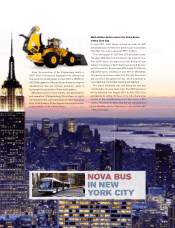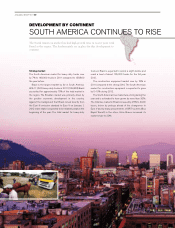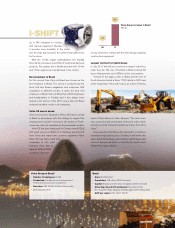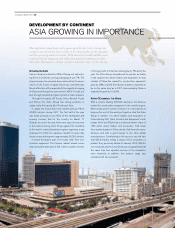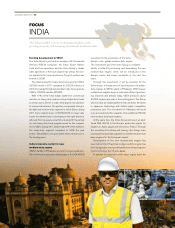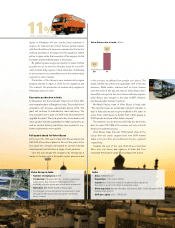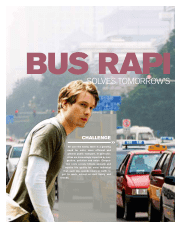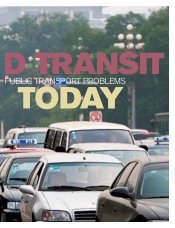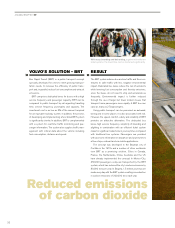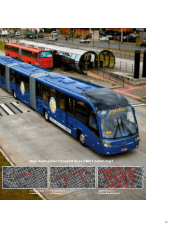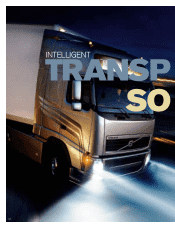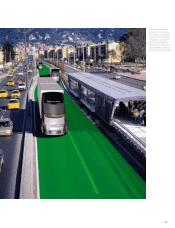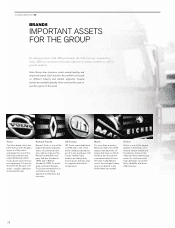Volvo 2011 Annual Report Download - page 33
Download and view the complete annual report
Please find page 33 of the 2011 Volvo annual report below. You can navigate through the pages in the report by either clicking on the pages listed below, or by using the keyword search tool below to find specific information within the annual report.
3Shortage of natural resources
and raw material
Population growth, a rapidly growing middle class and
increased purchasing power leads to increasing numbers
of people consuming in line with western consumption pat-
terns. Mankind is utilizing an increasing amount of land and
resources. More efficient use of resources is required and
the recovery of a greater proportion of material is becoming
increasingly important to secure access to material.
Together, these challenges result in an increased need
for sustainable and efficient solutions for the transporta-
tion and infrastructure sector. In parallel, they set raised
requirements for the Volvo Group and its ability to supply
the right products and services. The Volvo Group’s vision
is to be world leader in sustainable transportation solu-
tions. The Group works continuously on a wide front to
improve the transportation of goods and people. Three
concrete examples of how the Volvo Group is
already designing transport systems of
the future are Bus Rapid Transit (BRT),
Green Corridors and Intelligent Trans-
port Systems (ITS).
Bus Rapid Transit
Public transport plays a decisive role in
solving congestion and air pollution in
major cities. Bus Rapid Transit (BRT) is an
extremely effective public transport solution
that meets growing transportation needs in
cities around the world. A combination of
high-capacity buses, exclusive bus lanes with
priority at junctions, efficient ticket systems, traffic
management and passenger information makes BRT an
effective solution for transporting many people quickly,
simply and comfortably. Read more about BRT on
page 30.
E FUTURE
E DICT
Green Corridors
The aim of Green Corridors is to increase efficiency and
safety while reducing environmental impact through con-
centrating freight traffic between major centers via effi-
cient motorways, sea routes and railways that comple-
ment each other. Read more about Green Corridors
on page 35.
Intelligent Transport Systems
Intelligent Transport Systems (ITS) is an area experiencing
rapid growth. The combination of new technology with
advanced IT and communication technology offers major
opportunities to reduce congestion, environmental impact
and increase safety. Smart vehicles that communicate
with each other and their operating environment enable
traffic to be efficiently controlled and for fuel efficiency to
be improved through the provision of real-time assistance
to drivers by various sensors that assist the driver in moni-
toring other vehicles and traffic. Read more about ITS
on page 35.
4Safety and security
Traffic safety becomes increasingly important
as transportation increases. The subject is a high priority
for governments and institutions the world over. In the
future, focus on safety in a broader sense will continue to
increase because of military conflicts, crime, terrorism
and natural disasters, which will impact the safety of drivers,
vehicles and goods.
5Competent labor
For many years, interest has waned for education
and careers in the fields of mathematics, natural sciences
and engineering in industrialized countries. However, the
need for competent employees with these types of spe-
cialist skills will increase as the products and services are
becoming increasingly sophisticated.
Future transport solutions
29


